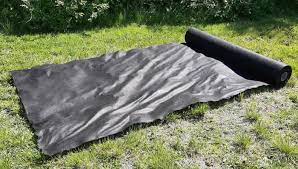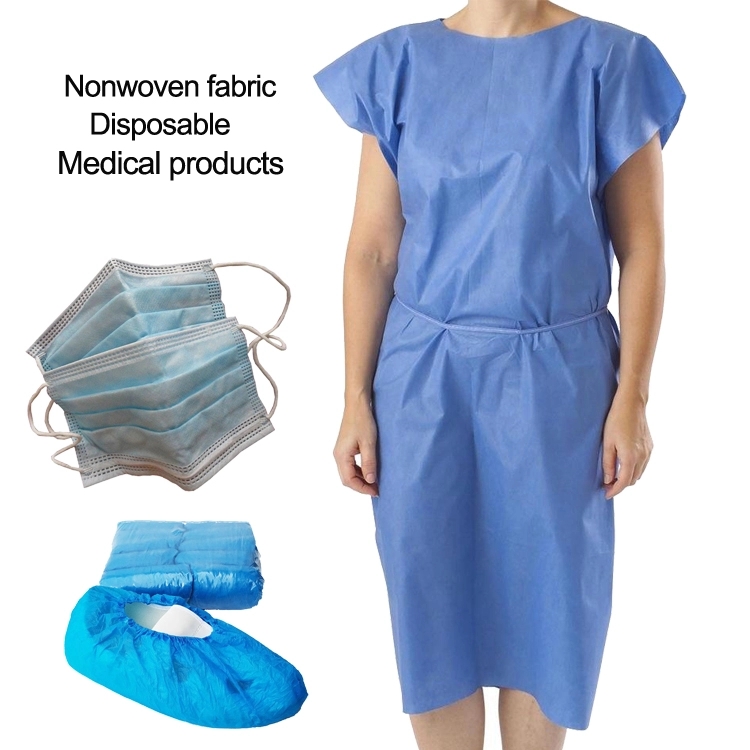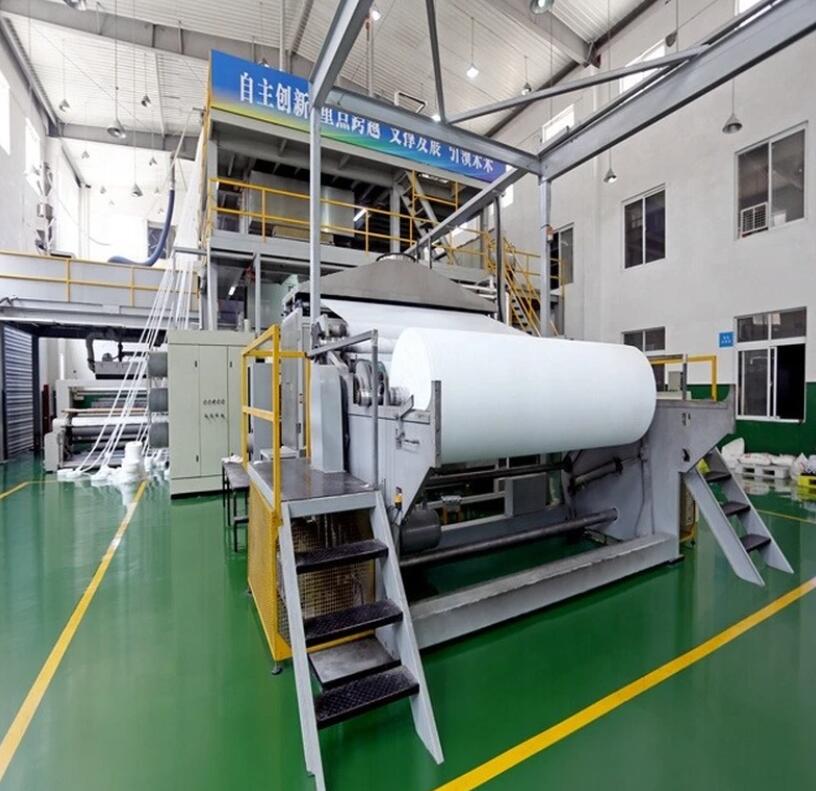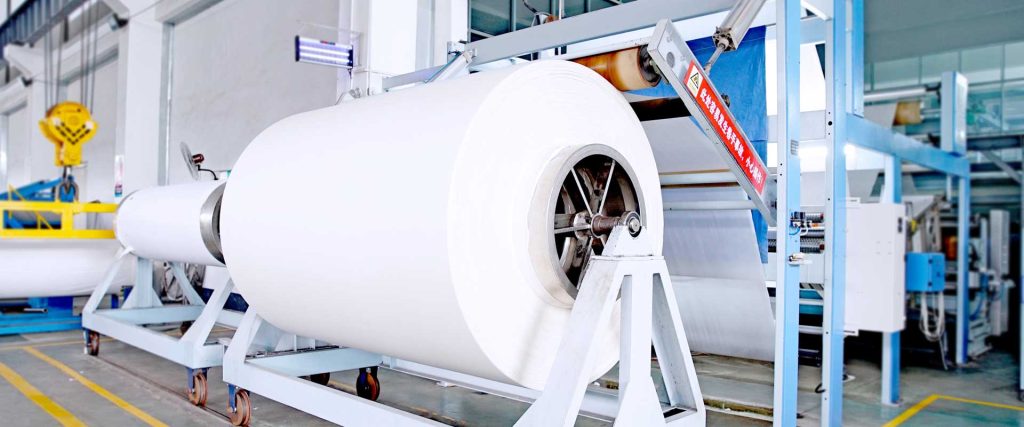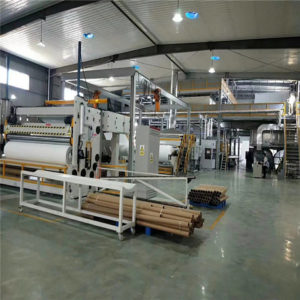Generally speaking, the nonwoven fabrics business depends on highly engineered mass production. Due to the pressure of competition, innovation is constantly to ensure the production of high-quality and compliant nonwoven products at the lowest cost. The industry is driven by the development of machinery, process control and material technology. In order to have a sustainable future, nonwoven fabrics enterprises need to be at the forefront of these developments. Now in this post, we will introduce you about non-wovens manufactring and its types.
What Is Non Woven Fabrics?
Non-woven fabrics do not contain interlaced strands, but have an organized internal structure. Manufactuers produce these fabrics by putting the fibers together and then combining them with heat, chemicals or pressure to form a viscous material similar to the fabric.
Contrary to traditional materials, such as cotton, linen, wool and silk; Non-woven fabrics do not need to be woven or knitted felt is one of the most common examples of non-woven fabrics. It is made by stirring the fibers in the solution until they interlock into a dense fabric.
Top 5 Types Of Non-Wovens
There are 5 types after non wovens classification by industiral insiders. Now we will read below.
Heat-bonded non-woven fabric
This kind of non-woven fabric is mainly manufactured through several processes: adding fiber or adhesive reinforcement material to the fiber network, and then strengthening the network into cloth through heating and cooling.
Spunbonded nonwovens
The processing method of spunbonded nonwoven fabric is as follows: extrude and stretch the polymer to form continuous filament, lay the filament into fiber mesh, and then process the fiber mesh into nonwoven fabric through its own bonding, thermal bonding, chemical bonding or mechanical reinforcement methods.
Spunlaced nonwoven fabrics
This is a kind of non-woven fabric, which is reinforced by air or machinery, spunlace, needle or hot rolling. The polymer chips, short fibers or filaments are directly used to form a fiber network, and finally after the formation of spunlace non-woven fabric.
Meltblown non woven fabric
Melt-blown nonwovens are manufactured by extruding molten polymer fibers into a linear mold containing hundreds of small holes to form slender fibers.
Wet-laid non woven fabrics
The manufacturing process of Wet-laid nonwovens is as follows: the fiber raw material is opened into a single fiber in the aqueous medium, and the fiber suspension slurry is formed by mixing different fiber raw materials, and then the suspension slurry is transported to the web forming mechanism, and the fiber is laid into the cloth in the wet state.
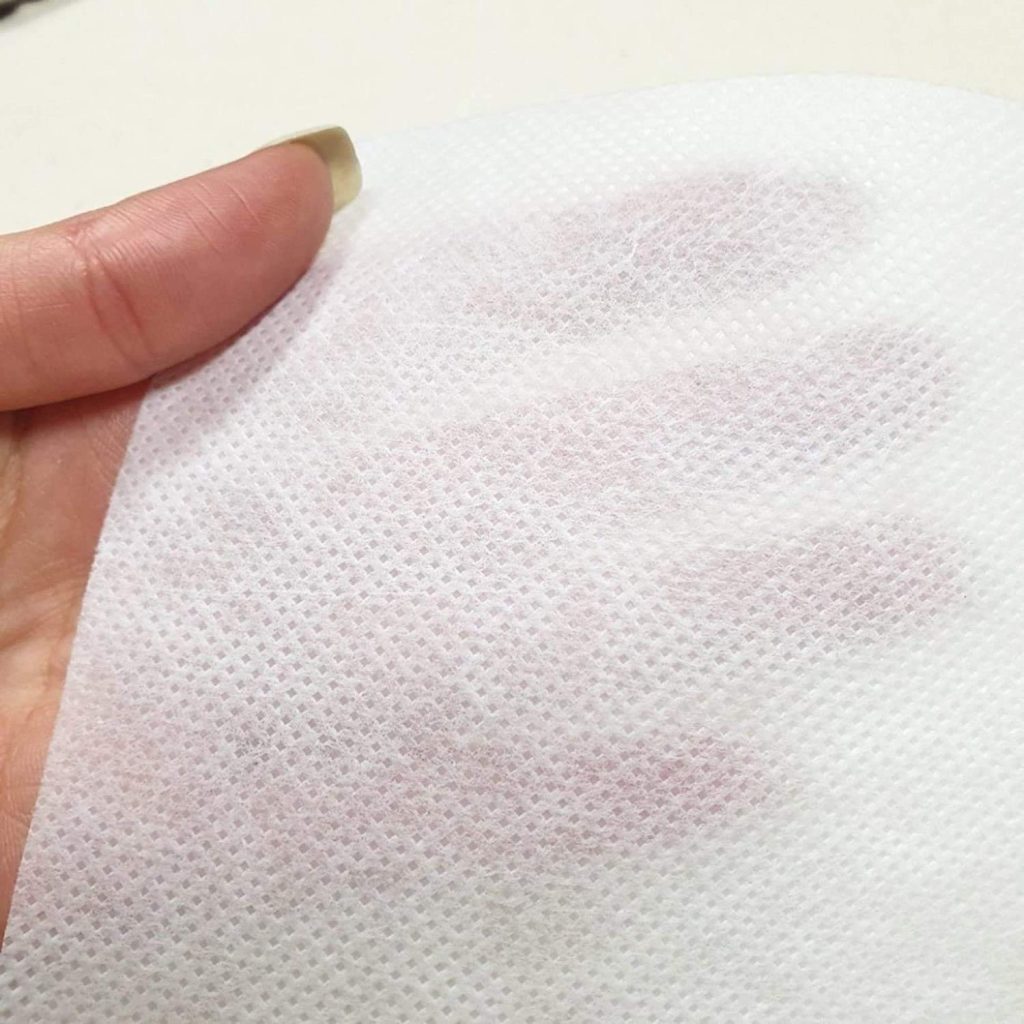
Nonwovens Manufacturing And Processing Technology
The nonwovens manufacturing technology is basically a continuous process, in which the fiber mesh laying and fiber mesh bonding are carried out by two continuous machines. Generally speaking, the forming process of nonwovens includes two basic steps, namely, forming a net first and then bonding.
Web Formation
Dry paving or air paving is a web laying process based on short fibers, including three main steps.
- Firstly, fiber preparation (through opening and mixing process).
- Secondly, fiber web formation (through carding or air twisting process).
- And finally fiber web stacking (through parallel twisting, cross twisting and vertical twisting).
Web bonding
Based on raw material fiber, end use and web forming technology. Web bonding technology generally divided into three categories: mechanical bonding, chemical bonding and thermal bonding. Generally, we use a combination of different bonding methods to obtain products with specific properties.

